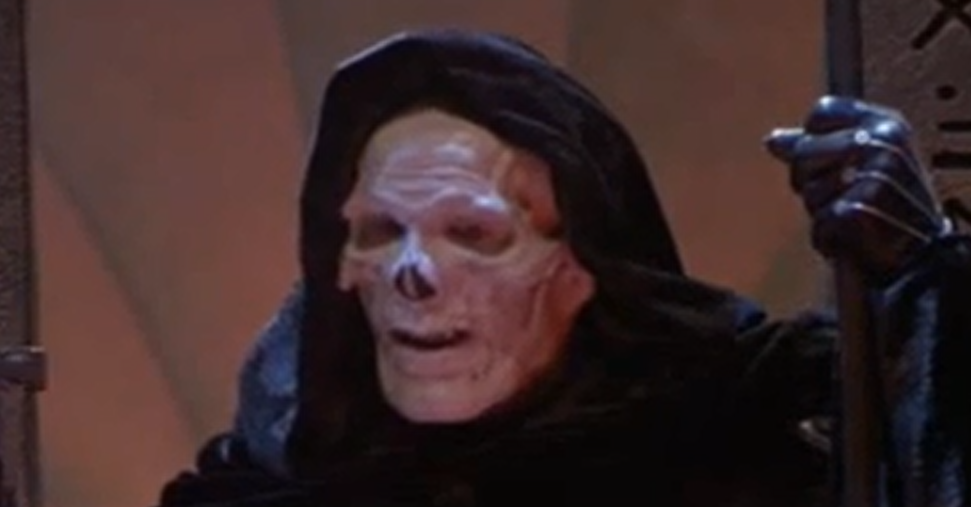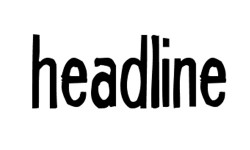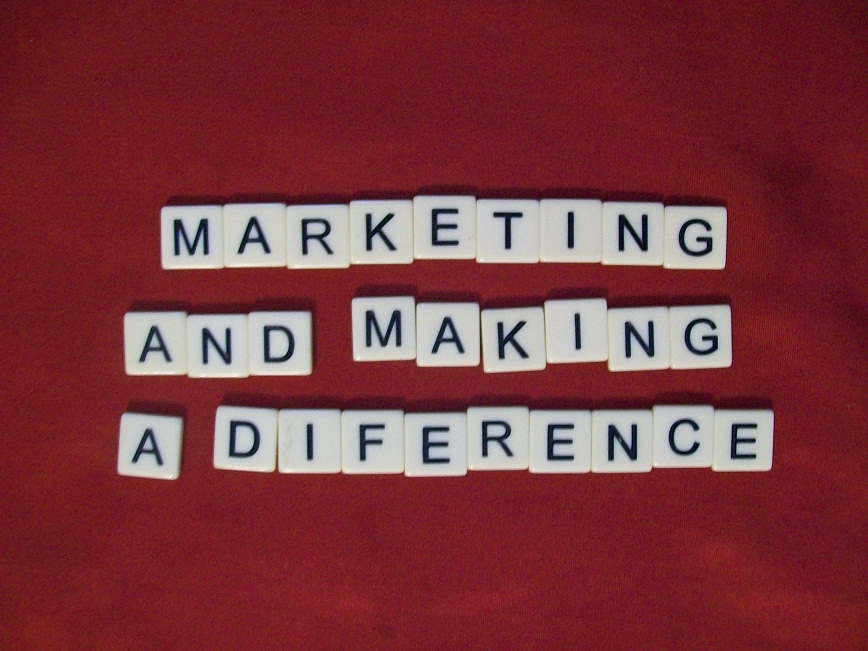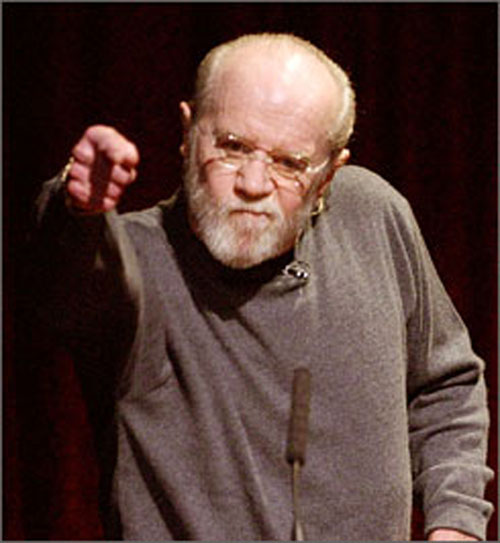I recently heard business mastermind/success coach Dan Pena comment that high performance individuals all have big egos. He asserts that this is a major reason that they are successful.
I partially agree.
Just for fun, let’s take a look at an extemporaneous case study. That is, I’m making this up as we go. We’ll take a look at the once and future infamous villain, Skeletor.
This is inspired by the fact that yesterday I watched the 1980’s movie Masters of the Universe. The acting was corny, the special effects were lame (compared to what we’re used to seeing now), and really, the plot was fairly weak and unrealistic. A lot of unrealized potential, if you ask me.
Still, Skeletor’s character fascinated me, despite the goofy mask. This guy was one of the best examples of megalomania that I’ve ever seen. (I just can’t help liking egotistical characters.)
Check out this excerpt from the movie:
In my youth, I was an athlete. These days, I’m an entrepreneur trying to build my little empire. I have a bit of an ego. Sometimes, and in some ways, that’s a good thing.
However, a few reasons come to mind about times when a big ego can get in the way.
1) When you feel entitled to success, respect, position, etc.
2) When you feel that you no longer need to practice and improve at your craft.
3) When you stop working hard, deciding you can coast.
4) When you start underestimating the competition.
5) When you no longer feel the need to research your market or test the effectiveness of your efforts.
Proverbs 16:18 tells us that pride goes before destruction. We know what ultimately happened to Skeletor, and we see the same results time and again when men and women let their egos get the best of them.
Today, make sure that you keep your pride in check. Get a level-headed perspective of yourself, your product/service, your company, etc.There’s nothing wrong with self-confidence, as long as your perspective is based on reality.
Make the best use of your ego. There’s a fine line you have to walk, but striking the right balance in this area is key to your success.
P.S. John Carlton recently wrote a similarly-themed post on his blog. He took the Texas Hold’em Poker angle. Great stuff. Take a look at “Full Tilt Boogie.”






